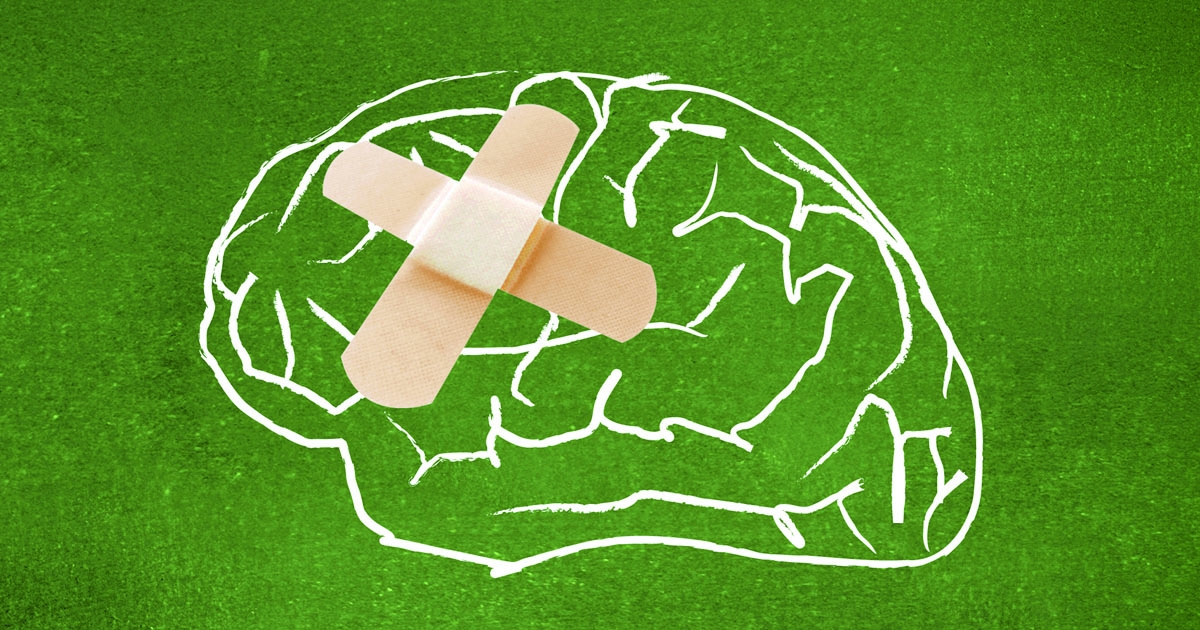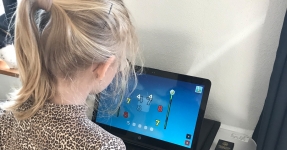What is cerebral palsy?

Cerebral palsy is an umbrella term for damage to the brain that occurs before, during or after birth. The injury occurs before the brain is fully developed, not more than 2 years after birth.
Individuals with cerebral palsy have difficulties of varying degrees. Typical symptoms are stiff muscles, involuntary movements, problems with concentration, and impaired fine and gross motor skills.
The injury can occur in different parts of the brain; symptoms will therefore vary according to which part of the brain is injured.
There are three types of cerebral palsy:
- Spastic cerebral palsy is the most prevalent type, and occurs in 80-90% of all cases. Spasticity is high tension in muscles, and leads to tight, hard muscles.
- Dyskinetic cerebral palsy occurs in 10-15% of all cases. Here the muscle tension varies, witch can lead to sudden uncontrolled movements. These sudden movements can be worsened by activity or stress.
- Ataxic cerebral palsy occurs in 5-7% of cases. Balance and coordination is the biggest challenge in this subgroup. Precision in movement is particularly difficult.
Gross Motor Function Classification System (GMFCS) is a system that categorises the gross motor symptoms of cerebral palsy in five levels.
Level 1
Can walk, run and jump. Coordination and balance are limited.
Level 2
Can climb stairs holding on to a railing. Difficulty walking on uneven terrain.
Level 3
Can walk using hand-held mobility devices. For longer distances, a wheelchair is used.
Level 4
Uses mobility devices or physical assistance to move around. They may be able to walk shorter distances with assistance.
Level 5
Transported by wheelchair, due to limited muscle control.
Kilde: GMFCS descriptors copyright © Palisano et al. (1997) Dev Med Child Neurol 39:214-23 CanChild
What are the causes?
It can be difficult to precisely assess the cause of cerebral palsy. In some cases, it is not possible to identify the cause with certainty. However, the causes can be infections during pregnancy, premature birth, lack of oxygen during birth, or brain haemorrhage after birth, among others.
What can I do?
Cerebral palsy is a static disorder of the brain. This means that the disorder itself will not get progressively worse. However, this doesn’t mean that the symptoms won’t worsen. Therefore, it is important to stretch and train the muscles so that they do not become too stiff. In the worst case, stiff muscles can lead to contractures that make it impossible to stretch the muscles at all.
There are different types of treatment. A physiotherapist can help the user to do exercises that stretch tight muscles to increase mobility.
Surgery is also an option. Through surgical procedure, misalignments can be corrected, and tendons and muscles can be lengthened or loosened to normalize imbalances.
Some choose to have Botox injected in the muscle tissue. Botox causes a temporary paralysis of muscles, which can ease problems associated with stiff muscles.
It has been discovered that Botox treatment gives good results in combination with intensive training directly after treatment, when the muscles are relaxed. This can be done through exercises given by a physiotherapist, but it can also be done by using Happy Rehab. Happy Rehab is a joint-specific rehabilitation system that makes activation of selected muscle groups possible during training. By using the standing support system, the user can actively stretch the tight muscles. Happy Rehab can help with intensifying training and increasing motivation.





mail@iaid.dk T:+45 86 78 99 33